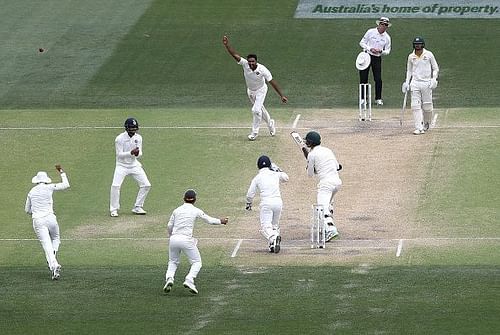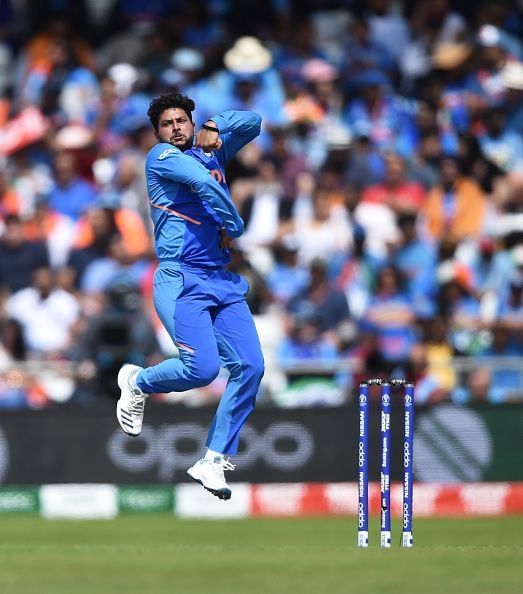
The vanishing art of spin bowling in India

India have experienced a massive change in their bowling over the years, with pace bowlers gaining prominence over spinners in all forms of cricket. And the recent day-night pink ball match, which is supposed to be the future of Test cricket, reinforced that idea.
Indian pacers bagged all 19 of the 19 wickets to fall in the match, which was the first such occurrence in an Indian win at home. Spinners are slowly but surely getting marginalized, which is not healthy for the future of the art.
Former Indian spinner Murali Kartik recently expressed his views about the death of classical spin bowling in India.
"There was a time when many spinners failed to get selected in their respective state teams as there was tough competition. But, now the Indian spin bowling coffer is literally bare, by which I mean old-fashioned spinners. There are some who can dart the ball but a spinner is someone who spins," Kartik said.
After the 2017 Champions Trophy India realized that finger spinners like Ravichandran Ashwin had become ineffective in the limited overs format, which demanded more aggression. The wrist spinners in the form of Yuzvendra Chahal and Kuldeep Yadav were promptly drafted in, but India are now finding it hard to find other quality spinners who can ply their trade in all forms of cricket.
Also see - IND vs WI schedule
Apart from the likes of Ashwin, Kuldeep and Ravindra Jadeja, India has failed to find any other spinner suitable for the Test format. Furthermore, Chahal and Kuldeep have cemented their places in the ODI squad without much competition.

The T20 side has seen many spinners, but none skilled enough to find a permanent place in the squad. The likes of Mayank Markande, Rahul Chahar, Krunal Pandya have all failed to impress at the highest level.
The arrival of T20 cricket has resulted in a lot of changes globally, with one of them being the use of spinners. A spinner playing a T20 match generally doesn't try to spin the ball; instead, he looks to stop the flow of runs.
The use of natural variations of pace and flight to outsmart the batsmen have vanished. The trend nowadays is for spinners to bowl quick overs, choke the batsmen and take occasional wickets. The use of traditional spin bowling methods has all but died.
The philosophy of spin bowling is not based on assistance from the pitches, as has been the case in recent years. When the track is green, teams tend to use additional pacers instead of spinners, showing how ineffective the spinners of recent times are on pace-friendly tracks.
Spinners have remodeled their speed and length after the advent of T20 cricket. Left-arm spinners tend to bowl quick and with tight lengths, in order to stop the batsmen from scoring. And the same goes for right-arm off-spinners.
Gone are the days when people used to tune in to see how the Indian spinners would dominate the batsmen. Apart from Ashwin and Jadeja, no spinner from India in recent times has dazzled the world.

The era of Anil Kumble and Harbhajan Singh had given hope that Indian spinners would continue holding sway in world cricket. But now there are serious doubts about that.
The nation that once produced the finest spin wizards like BS Chandrasekar, Srinivas Venkataraghavan and Bishen Singh Bedi, is now having difficulty in finding quality spinners for the team. That's not the happiest state of affairs.